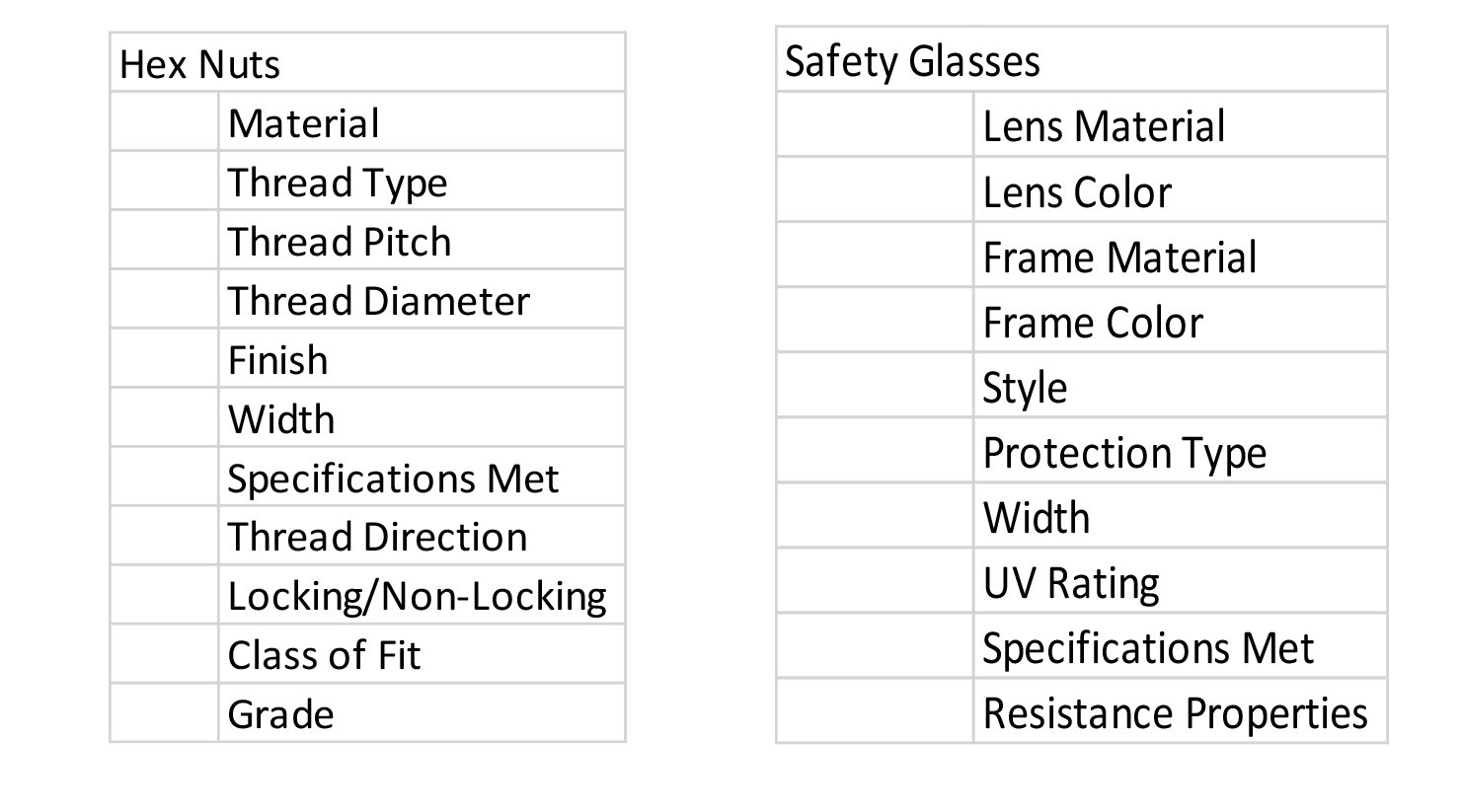This blog originally appeared on the MDM.com.
When was the last time you went shopping for something intangible? Where instead of being able to pick up and hold a product in your hand to be sure it was “right,” you had to imagine it? Maybe it was playing “store” with friends, opening an imaginary restaurant (a favorite pastime of my daughter).
Chances are, it has been many years since imagining inventory was core to your business. But today, “imaginary products” are relevant again — specifically when planning for digital business and e-commerce. Getting in touch with your inner child can accelerate online revenues and differentiate your business from the competition — even the biggest competition.
Historically, customers visited a brick-and-mortar store and interact with the product before buying. This lets them evaluate whether a product will suit their need. In distribution, firms take that one step further by providing “expert curators” (i.e. salespeople) who can explain in detail why a product will (or won’t) work for an application.
The human ability to quickly assess a physical product has become second nature. Customers pick up hammers or try on clothing before purchasing to find one that feels right. They may not understand why it feels right, but it does. This ability to quickly evaluate products based on a quick physical inspection made brick-and-mortar buying effective. Customers just bought. They didn’t spend time thinking about “why” they were buying.
In digital, the opposite happens. The product purchased is not present — it is virtual, existing only on a screen. The core challenge is how do distributors help customers evaluate product without letting them touch the product? This is where “intangible product” thinking can help.
Breaking It Down
Since virtual products cannot be observed or touched, they can’t be evaluated as a whole unit. Instead, they must be broken down into a set of specific facets, where a facet can be a feature, a function or a descriptor of the product. A familiar example is shopping for car insurance. Insurance is a complex concept where different policies have different features and limitations that impact the cost of the product. People evaluating them can’t assess policies as a whole, instead they have to compare them facet-by-facet: judging coverage amounts, deductibles, discounts for alarms, rental car coverage and so on.
With digital, all products become like car insurance policies, and this is one reason that implementations of PIM tools fail. PIM/MDM software is incapable of understanding product in the way that people can (i.e. the “whole product” view). However, they are exceptional at documenting, tracking and enforcing a facet-based view of products. Distributors who load whole-unit product data into a PIM (e.g. a manufacturer part number, short description and a picture) are not providing the list of facets buyers need to compare virtual product.
Online customers must take a more incremental discovery path, choosing specific features one after another until the “right” product is the only one remaining.
This approach requires changing how distributors think about products from the “each product is one thing” mindset to “each product is a collection of facets” — breaking down products into the facets that define the digital DNA of a product.
For example, neither hex nuts nor safety glasses are particularly complex products, but both can be described using 10 or more defining facets:

So, by thinking about the hex nut or safety glasses you sell as “collections of attribute value facets” rather than “a nut” or “a pair of glasses” distributors build a better foundation of content than competitors who lack complete content assets.
Distributors can experiment. Try letting customers filter selection by different features in a category and see which ones they use the most, and which ones lead to more orders. If none of them make a difference, perhaps a feature is missing?
Having product information organized in a structured way like this is key to success with PIM tools, long term it speeds new item setup, automates defect detection, optimizes ecommerce site design, suggests product relationships and makes life easier for customers. All of which lead to more revenue, better profitability and happier customers — none of which are intangible.
For a look into how digital product data, managed in a Product Information Management (PIM) system, can be used to power product search, search refinement, and product comparison. read our whitepaper: B2B - World-class Customer Experience Requires World-class Product Data.
